Discription
The Venezuelan story
Forest
Rio Caribe Superior cacao grows in
agroforestry, in which cacao trees are intercropped with other crops. This agricultural
system promotes biodiversity and forms a buffer zone protecting remaining
forests and the national park, Península de Paria: Growing cacao helps to protect
the natural environment while giving farmers an opportunity to earn an income.
Profile
Profile
Venezuela Rio Caribe Superior is from Trinitario and Criollo varieties. The beans are low
in acidity, and have an intense and strong chocolaty body with sweet, nutty and floral
hints. Consistent application of protocols during harvest and post-harvest results in an
outstanding quality, labelled as ‘superior’. After manual picking, the farmers bring the
wet beans to a central fermentation unit, where they are fermented for 6 or 7 days in
wooding boxes, with controlled turning based on temperature. Depending on weather
conditions, the beans dry under sun or shelter until the humidity level is 7%. Rio Caribe
cacao sails from the port of La Guaria.
Farmers
Farmers
Although cacao trees flourish in Sucre State, many farmers are still struggling to increase
production and achieve high quality. The Franceschi family supports local farmers with
training in good agricultural practices. Farmers sell their wet beans to a central fermentation
unit, where they receive higher prices for quality cacao. Tailor-made fermentation and
drying procedures result in premium cacao, ready for the international market of premium
chocolate makers. Despite the difficult political and economic circumstances, the Franceschi
family has been able to maintain the high quality standard of Rio Caribe and export the
cacao worldwide, making it an important source of income for farming families in Venezuela.
Nutritional Facts
Ingredients PURE CHOCOLATE : 100% cocoa beans Nutritional value Based on 100g: Energy: 550Kcal, 2300kJ Total fat: 52g – which Saturated fat: 31g Carbohydrates: 5g – which Sugar: 0g Protein: 15g Salt: 0g






 Belfius Direct Net
Belfius Direct Net Credit card
Credit card iDEAL
iDEAL KBC/CBC Payment Button
KBC/CBC Payment Button Bancontact
Bancontact PayPal
PayPal SOFORT Banking
SOFORT Banking









